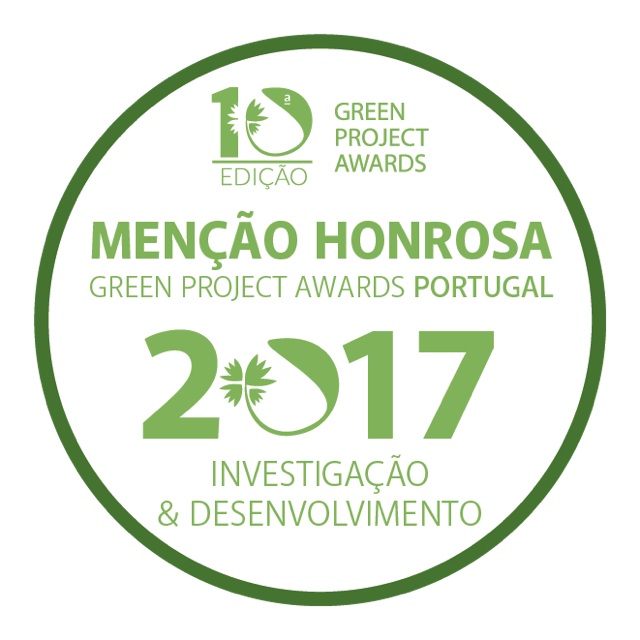


Daniela da Silva Nunes Gomes
Assistant Professor

MEON
Materials for Electronics, Optoelectronics and Nanotechnologies
1 Nanova 5 daniela.gomes@fct.unl.pt
Materials for Electronics, Optoelectronics and Nanotechnologies
1 Nanova 5 daniela.gomes@fct.unl.pt
SHORT CV
Daniela da Silva Nunes Gomes (born 1983) received a Ph.D. degree from Instituto Superior Técnico in 2012, in Materials Engineering, with the dissertation: Carbon dispersions in nanostructured metals. In 2013, she became a Post-doctoral researcher at the CENIMAT/i3N of NOVA School of Science and Technology (NOVA FCT). The post-doctoral work was entitled: Design of New Functional Materials for Electronics Applications, which was financed by Fundação para a Ciência e Tecnologia through grant: 84215/2012. In 2018, she became Assistant Professor at the Materials Science Department of NOVA FCT, lecturing several courses on the Micro and Nanotechnology Engineering and Materials Engineering courses. She is also working at the Nanofabrication and NANOVA labs at CENIMAT, where she is one of the lab managers and main operators for the SEM and STEM microscopes. Her work as a researcher has allowed her to establish several scientific collaborations. She is co-author of 88 peer-reviewed papers, 2 books, and 3 book chapters translated with a h-index of 27 (Scopus) and 30 at Google Scholar. She has participated in numerous National and International research projects, including as CENIMAT scientific/technical responsible for the EU project, CEOPS project with grant agreement no: 309984, and for the National Project with INCM - Nanomarker - Nanostructured up-conversion phosphors for ultra-security markers, and more recently as Co-principal investigator of the project Enhanced Cardiomyocyte Maturation by Electrical Stimulation Based on Conductive Biomaterials for Drug Development (reference: 2022.08597.PTDC). She is currently CENIMAT local principal researcher of the PRR project, Sustainable StonebyPortugal (reference: C644943391-00000051). Her current research focuses are Materials characterization using electron microscopies; production and structural characterization of metal oxide-based nanostructures, microwave synthesis, self-cleaning surfaces, photocatalysis, wastewater purification, and sustainable reactions.
MAIN PUBLICATIONS
Branquinho, R., Carlos, E., Nunes, D., Fortunato, E., & Martins, R. (2023). Sustainable Synthesis of Oxides for Electronics and Photocatalysis. In Synthesis and Applications in Chemistry and Materials (Vol. Volume 14, pp. 443-482): World Scientific. doi:doi/10.1142/9789811283239_0043
Xue, R. et al. (2023). Photocatalytic Activity of 3D Printed TiO2 Architectures Under Solar Radiation. In: Garg, S., Chandra, A. (eds) Photocatalysis for Environmental Remediation and Energy Production. Green Chemistry and Sustainable Technology. Springer, Cham. https://doi.org/10.1007/978-3-031-27707-8_4
Nunes, D., Pimentel, A., Branquinho, R., Fortunato, E., & Martins, R. (2021). Metal Oxide-Based Photocatalytic Paper: A Green Alternative for Environmental Remediation. Catalysts, 11(4), 504. doi:10.3390/catal11040504
Nunes, D., Fragoso, A. R., Freire, T., Matias, M., Marques, A. C., Martins, R., Fortunato, E., Pimentel, A. (2021). Ultrafast Microwave Synthesis of WO3 Nanostructured Films for Solar Photocatalysis. physica status solidi (RRL) – Rapid Research Letters, 15(9), 2100196. doi: 10.1002/pssr.202100196
Nunes, D., Pimentel, A., Gonçalves, A., Pereira, S., Branquinho, R., Barquinha, P., ... & Martins, R. (2019). Metal oxide nanostructures for sensor applications. Semiconductor Science and Technology, 34(4), 043001.








